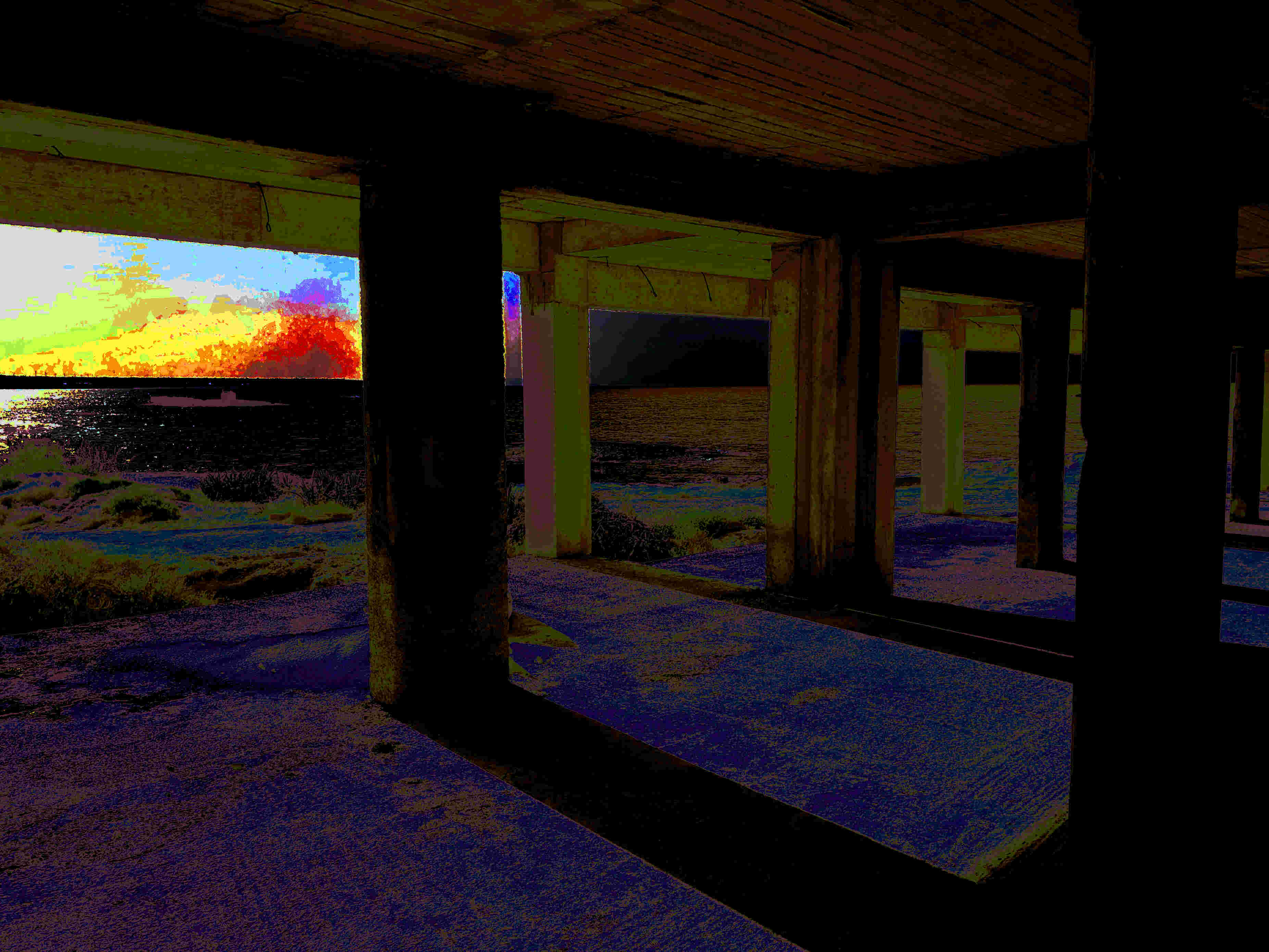
The following papers are written in a purely academic format. It has been my first attempt, which I undertook in the spirit of a lingo game to play. I do not focus on chronology, nor on battle details. What I did instead was to reconstruct aspects of these ancient civilisations on the Mediterranean shores by their dedication to a specific craft of apparently frivolous significance (shellfish dye, scented oils, medical practice, goldwork, etc.). I do never exclude that these techniques could date back to older times than what the archaeological evidence at hand suggests, wield different meanings or a broader extension. The absence of proper textual evidence is a recurrent motif. Knowledge of prehistory is partial and all knowledge in all fields is but a construction. Only one of the essays is not on prehistory (4000-1100 BC), but on the classical Greek culture (V-IV centuries BC). The topics I have chosen are all of great interest to me, but I still believe the straitjacket of the academic requirements could not do them justice. Word counts, bruteforced citation indexes, prose might kill all the enjoyment of the text. (Moreover, my English will eternally be a pidgin.) Some friends are aligned with what I feel, would only take the schools as a playground, and others told me with relief “Broo I finally understood a text u typed”.
# Gold in Relevant Bronze Age Egyptian RecordsWhile working on it I sent a vid to my contacts claiming that a couple of slaves recruited on dating apps were willing to write the essay for me so that I could devote my time to urinating in a flask to spray on my face. They all believed it. It was chamomile infused water.
# Fear and Desire in Mesopotamian MedicineEssay on the Babylonian medical practices concerning psychosomatic disorders and fertility: is their diagnostic system of demons and witchcraft merely naive or can hide an important truth?
# Cretan Aromatics in the XVIII Dynasty of EgyptEveryone loves Cretan herbs and you bet the Ancient Egyptians were no exception. First time, to my knowledge, the idea of the Minoans exporting myrtle and juniper berries to Egypt is brought up.
# Purple Dye and the spirit of Minoan AristocratsFirst essay I have ever worked on, perhaps a bit verbose. The infamous purple dye historically credited to the Phoenicians was already extracted from the molluscs a few centuries earlier on Minoan soil. In Italy too.
# Purification by the Blood of a Young PigExcerpt on purification rites in Classical Greece. I do not remember what I wrote months ago, but had the purification of Orestes at heart. Just an excuse to rave about Lucanian pottery and pigs.
# Potnian Elements in the Scented Oils of PylosBrief narration on the power relations between statal religion and the ancient perfumery of Mycenaean Pylos. The name of Poseidon before the Homeric poems, how the gods rejoice in perfumes and noses guide faith. Linear B texts galore.
# Dalle Strutture Dissipative al Cinema DidatticoThe models man creates to understand reality say more about man than about the nature of reality. In the end anything goes, as the scope of a model is always external to its system. The scope is what matters, and a good story is more important than a science. In the dissertation I narrate the history of thermodynamics with its contradictions, the direction of time in physics and physical models addressing problems of man. An endless series of names is spent in the attempt to grasp what life is, the conflict between opposites, light and darkness, order and chaos, eliotropy, while man remains behind all of these. Man is a creature on the “edge of chaos”, whose primary game is to always find a way to relish what they are playing. Pictures in motion might not offer a great insight into the mysteries of life, but are certainly a playful way to have access to the models we create around it. In the last chapter, I question the destiny of philosophical studies in the academia today. I swear it is not a minestrone.